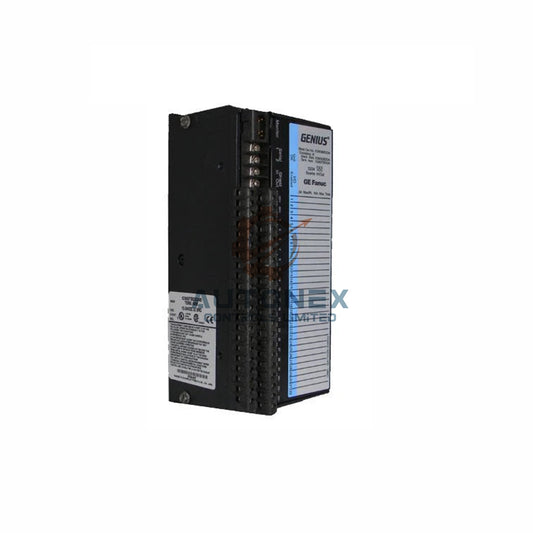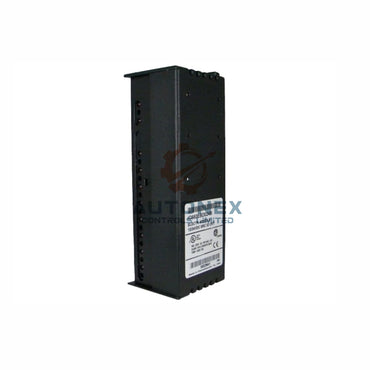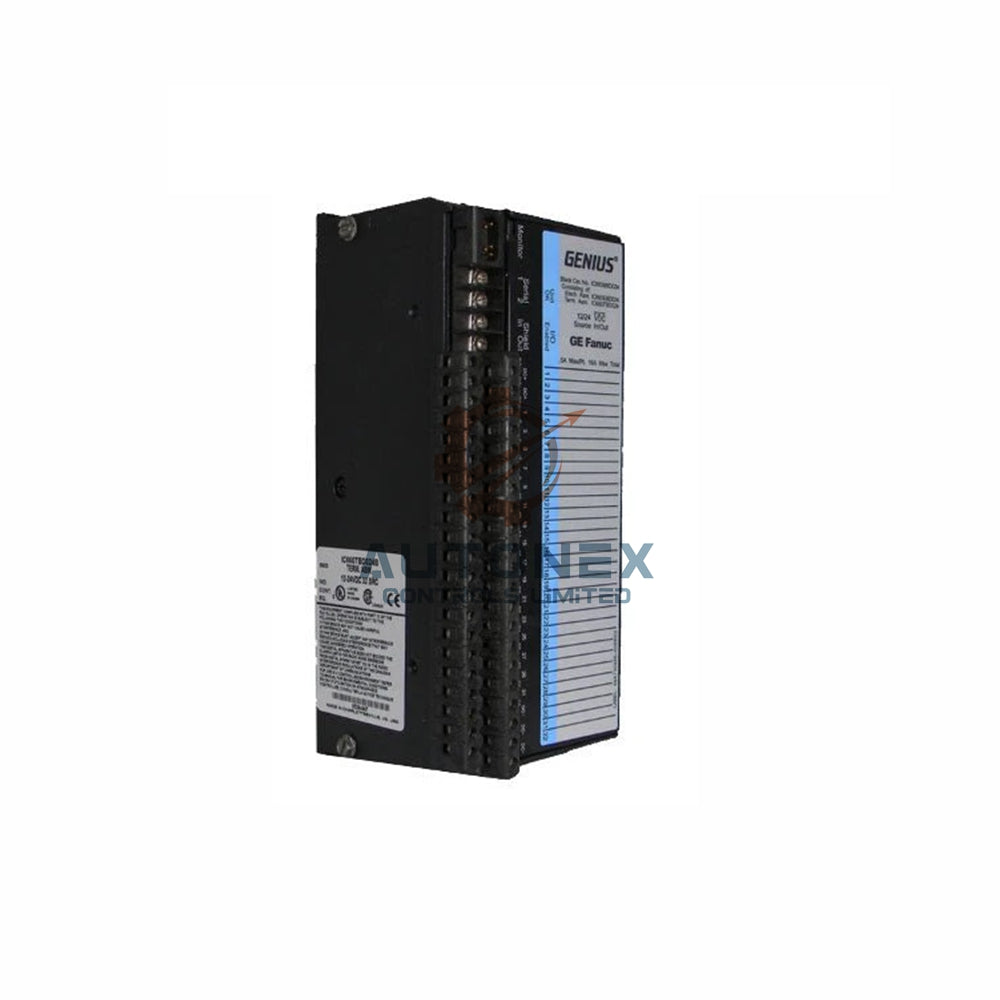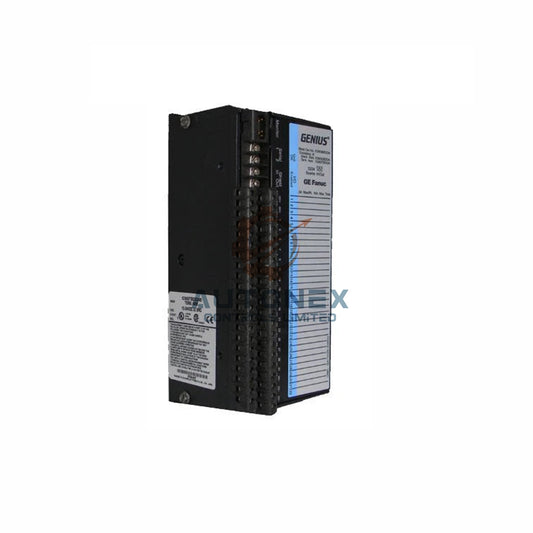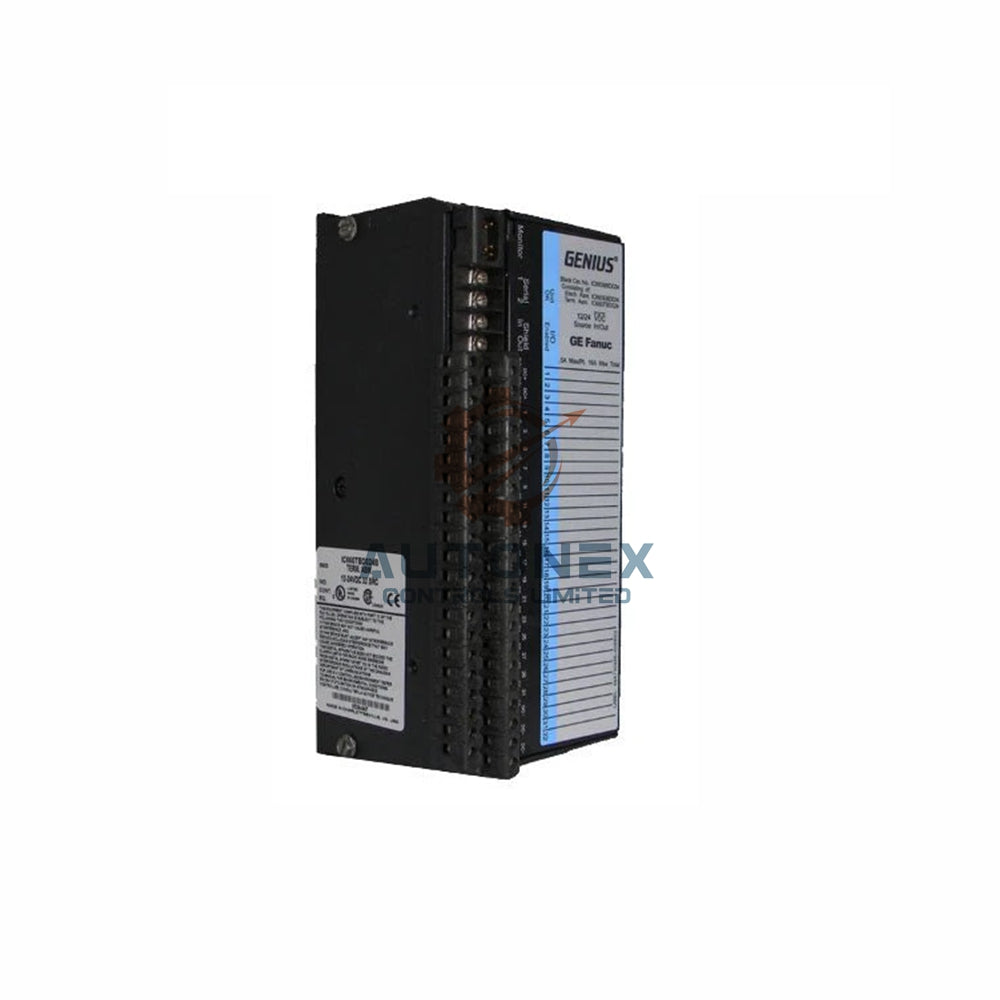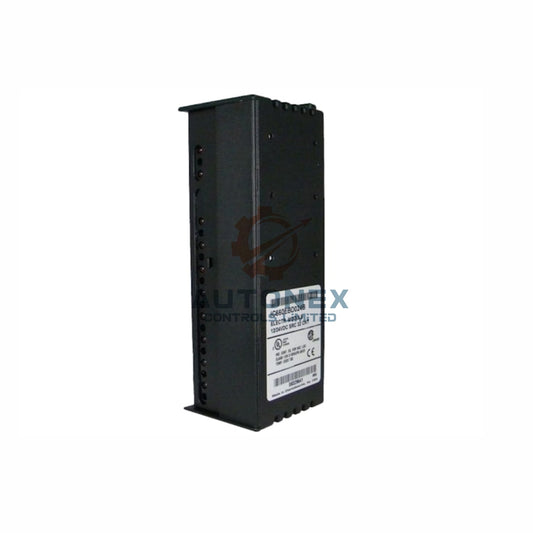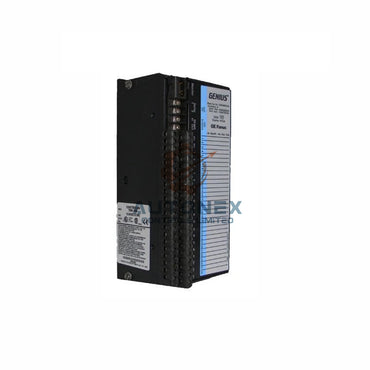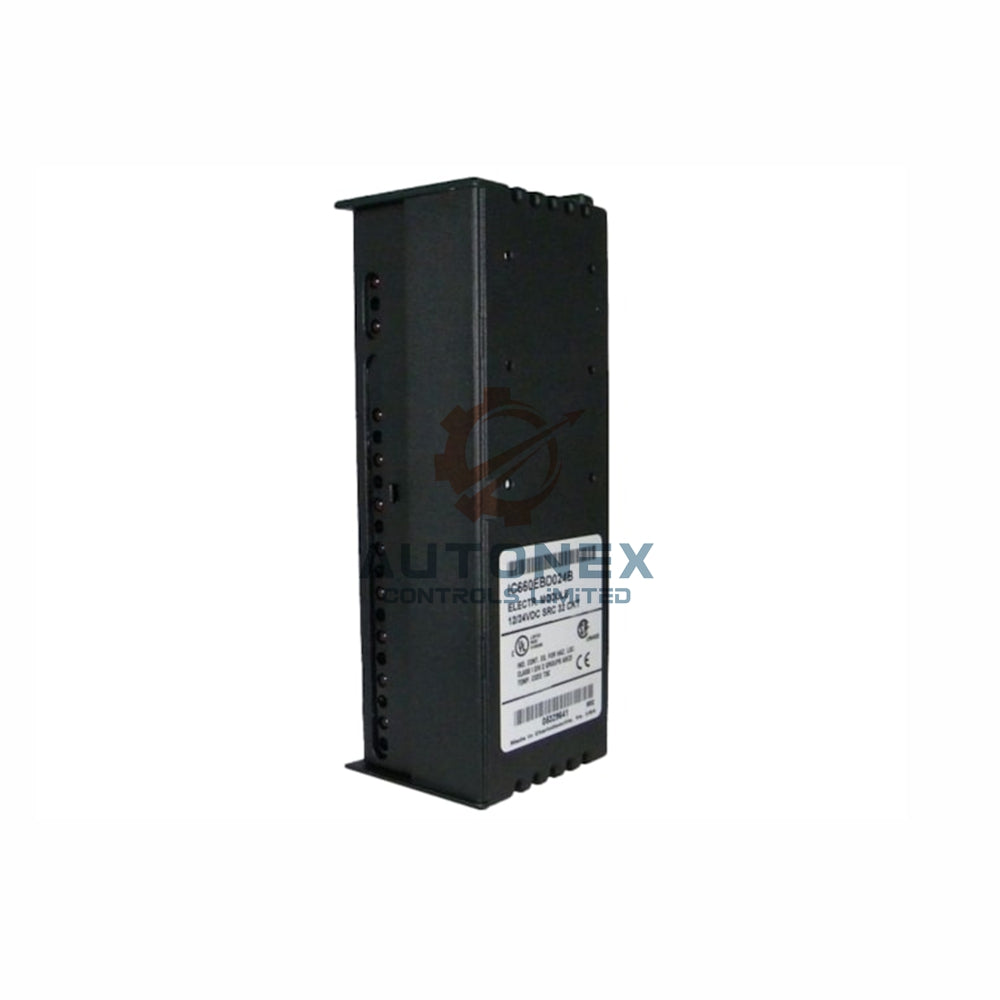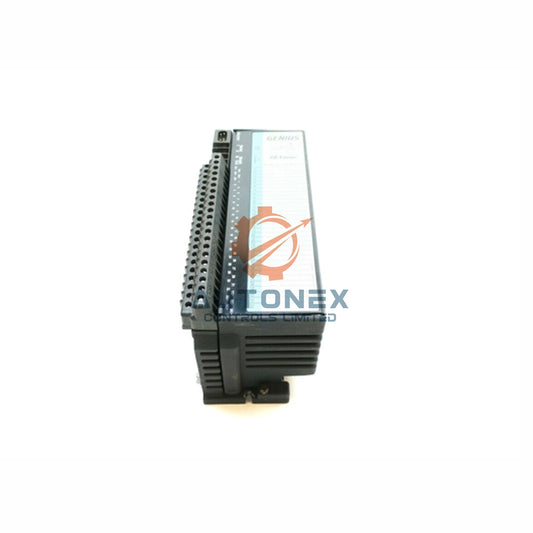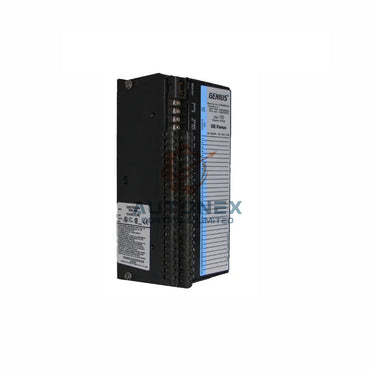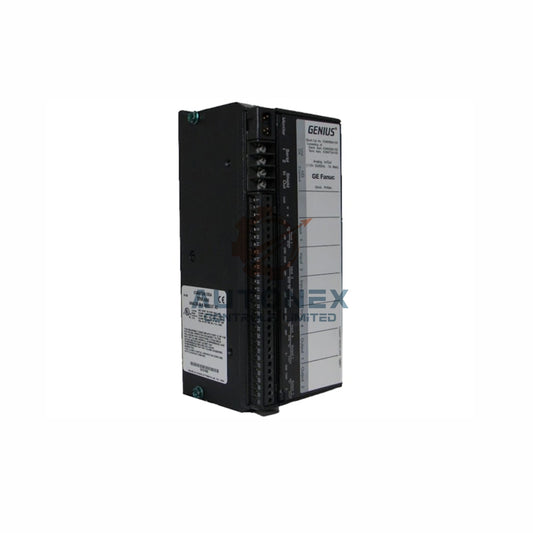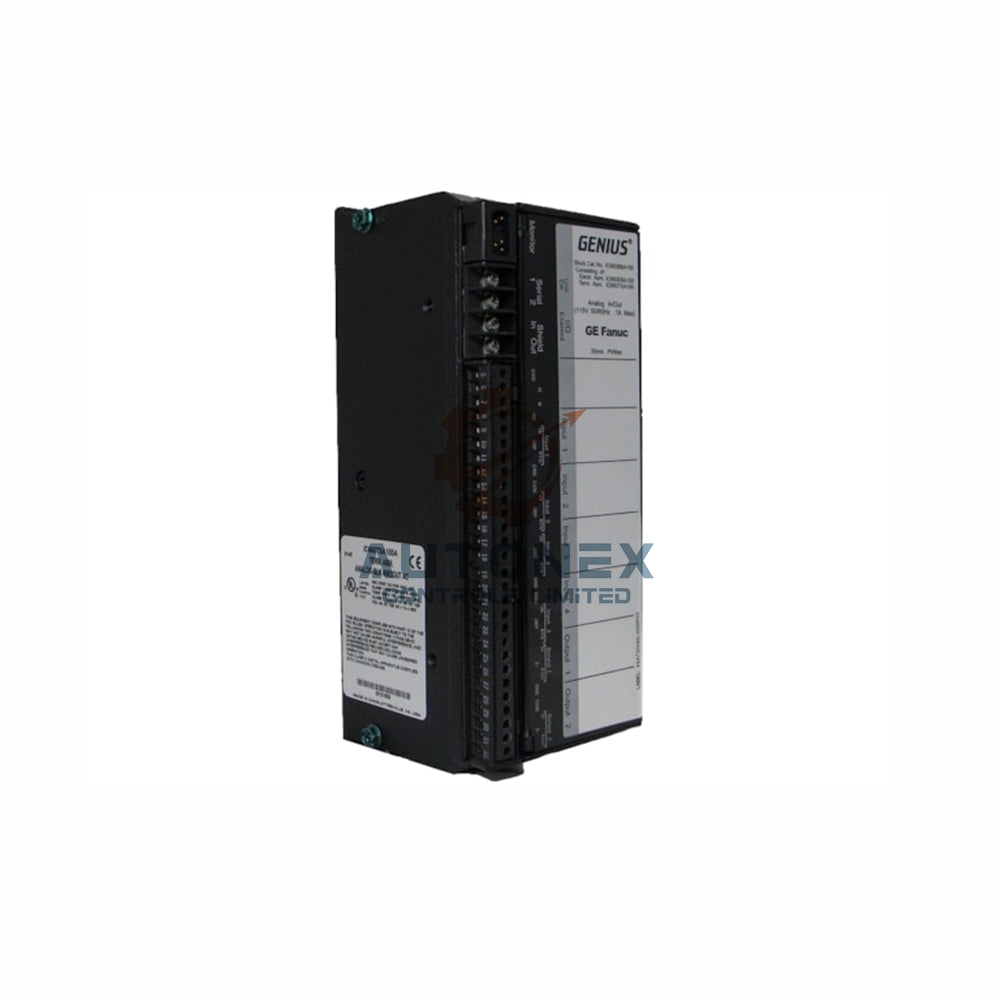Modern Vibration Analysis: Overcoming Legacy System Limitations in Industrial Monitoring
Many plants rely on outdated vibration monitoring technology. However, these traditional approaches often miss critical machine health indicators. This analysis reveals practical upgrade paths for better asset protection.
The Evolving Challenge of Machine Reliability
Industrial operations now demand higher equipment availability. Consequently, basic vibration monitoring becomes insufficient. Modern machinery requires sophisticated analysis techniques for optimal performance.

Critical Gaps in Conventional Monitoring Approaches
Traditional systems typically lack advanced diagnostic capabilities. They often miss early-stage bearing degradation. Moreover, they cannot detect subtle imbalance conditions effectively.
Essential Features of Modern Vibration Systems
Contemporary monitoring solutions offer real-time spectrum analysis. They track multiple vibration parameters simultaneously. Additionally, they integrate seamlessly with control systems for comprehensive protection.
Implementing Continuous Monitoring Solutions
Continuous monitoring provides significant advantages over periodic checks. It captures transient events and gradual deterioration. Therefore, plants can transition from reactive to predictive maintenance strategies.
Bently Nevada's Advanced Diagnostic Capabilities
Bently Nevada systems employ sophisticated pattern recognition algorithms. These algorithms identify specific fault signatures accurately. Many global manufacturers trust this technology for critical machinery protection.
Practical Upgrade Path for Existing Facilities
Facilities can enhance monitoring through strategic upgrades. Start by installing wireless vibration sensors. Then, integrate cloud-based analytics for deeper insights.
Case Study: Power Plant Implementation Results
A thermal power plant upgraded their vibration monitoring system. They reduced unexpected turbine trips by 45%. Maintenance costs decreased by 30% within the first year.
Future Trends in Machine Health Monitoring
Artificial intelligence is revolutionizing vibration analysis. Machine learning algorithms now predict failures with 95% accuracy. These technologies represent the next evolution in predictive maintenance.
Implementation Strategy for Maximum ROI
Begin with critical equipment assessment. Then, prioritize monitoring points based on risk analysis. Finally, establish baseline measurements for comparison.

Frequently Asked Questions
What maintenance cost reduction can plants expect?
Most facilities achieve 25-40% maintenance cost reduction. This comes from fewer emergency repairs and better planning.
How long does system implementation typically take?
Basic installation requires 2-4 weeks. However, full optimization and staff training may take 3-6 months.
Can older equipment support modern vibration monitoring?
Yes, retrofit solutions work effectively with legacy machinery. Wireless sensors simplify installation on existing equipment.
What training do maintenance teams need?
Teams require vibration analysis fundamentals and system-specific training. Continuous education ensures optimal system utilization.
How quickly can plants see improvements?
Most facilities notice significant improvements within 60-90 days. Full benefits typically materialize within one year.


